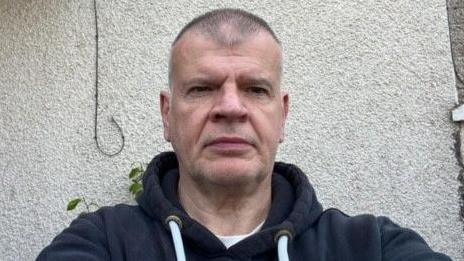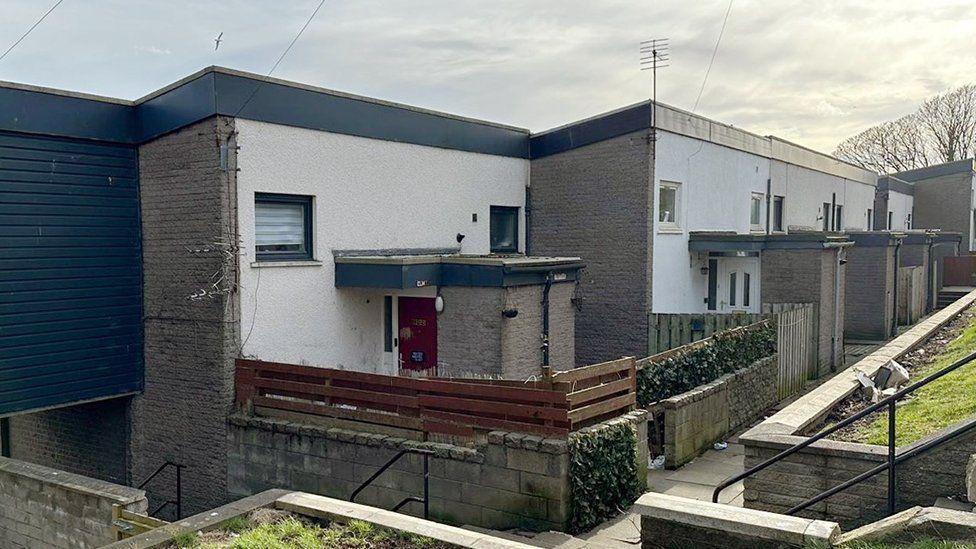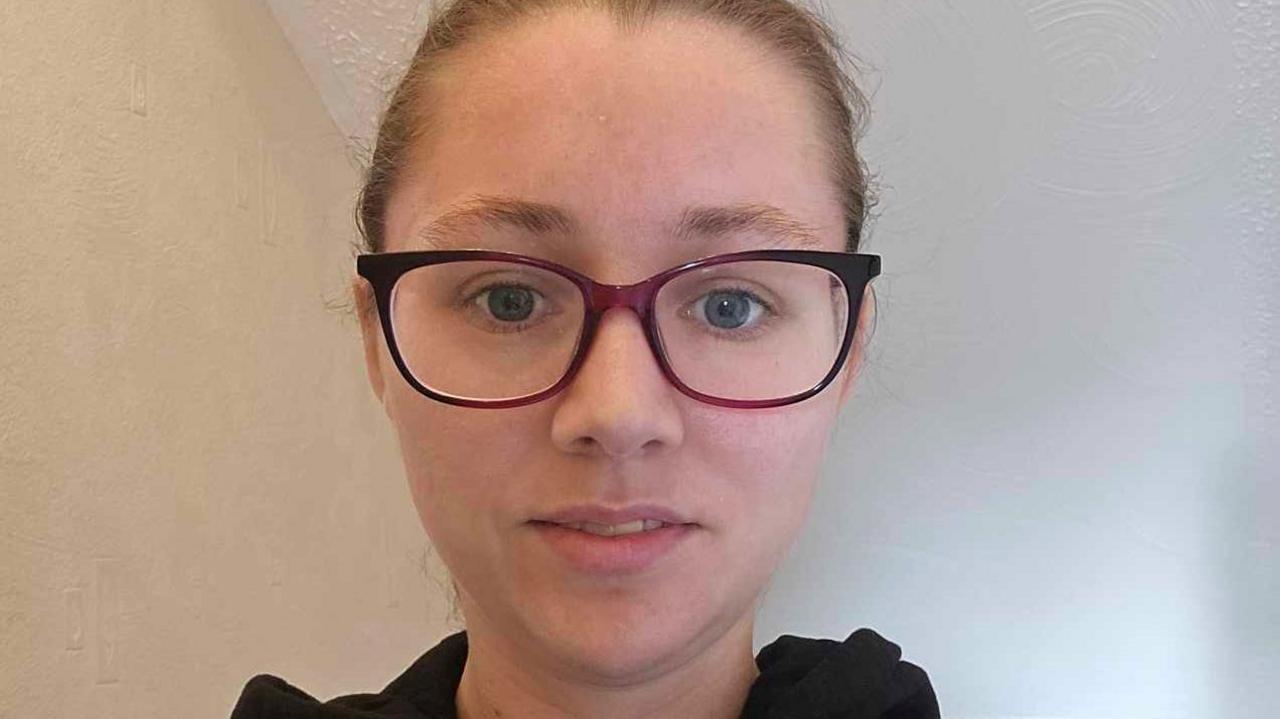RAAC homeowners angry at council offer

John Meiklejohn fears he could lose more than £70,000
- Published
Residents in Aberdeen whose homes could be demolished due to the presence of RAAC - a cheaper type of concrete which is at risk of collapse - have told BBC Scotland News of their anger and disappointment about the compensation they might receive.
Aberdeen City Council is hoping to purchase 138 privately-owned homes in Torry affected by the potentially dangerous concrete.
Residents had already been told they would receive the market value of their homes - minus the cost of the RAAC roof panels, which could run to tens of thousands of pounds - and would be entitled to home loss and disturbance payments.
Now, in response to a number of questions asked by the Aberdeen RAAC support group for residents, the local authority says the home loss payments would be up to £15,000.
The council has not yet revealed how much the disturbance payments could be.

The concrete was found in homes in Aberdeen
Homeowners told BBC Scotland News this was not enough, and that more funding, clarity and timescales were urgently needed.
The council said it was offering rehoming support to private owners and tenants.
There are also about 350 council homes in the city which contain the concrete.
Torry resident John Meiklejohn fears he could lose more than £70,000 on his property.
"The stress that this is putting myself and the other householders under is unbearable,” he said.
"We go from flitting between anger and just complete depression. It’s very difficult because there’s too many unknowns.
"This has now been going on for a year, not knowing what’s going to be happening.
"The only thing we do know is we’re going to be left with a huge shortfall on equity on our properties – that’s more than likely going to prevent us from getting back onto the property market."
Mr Meiklejohn said at this stage he was unlikely to agree to the council acquiring his home and was exploring the possibility of legal action.
“I think I’ve got no choice but to refuse it and keep fighting - one way or another - until we are compensated fully," he added.
"We feel that our homes have been stolen from us – that we’re potentially being thrown out onto the streets by a very unsupportive and unsympathetic council.”
The council has also said it will cover homeowners' reasonable legal costs for 12 months.
But there is uncertainty over exactly when this period would begin.

Amie Bruce believes she could be left with almost £50,000 to pay back on her mortgage
Homeowner Amie Bruce said: “Does it start from the point of appointing a solicitor? Because if that’s the case it might only give some people who have done that until next September.
“Or does it come from the day your valuation is done? Or is the 12 months from the time you hand over your keys?
"I’m not going to be in a position to buy a house within the year, which means my legal fees won’t be covered for buying a new property, because they will only be covered for 12 months."
Ms Bruce said the £15,000 home loss offer meant very little when residents were faced with potentially losing tens of thousands of pounds in roof deductions.
"It’s a nice gesture you could say, but it doesn’t really touch the sides," she added.
Ms Bruce believes she could be left with almost £50,000 to pay back on her mortgage.
“I’m either going to have to make myself homeless because I can’t afford to pay the rent for the place I’m being offered or I’m going to have make myself bankrupt because I can’t afford to pay the mortgage that will be outstanding, and I’ll never be able to buy another property.
“Money would fix a lot of the issues. And I know the council don’t have the money, but they need to be fighting to find it from somewhere.”
The 27-year-old teacher said others were in a far worse situation.
“It’s going to kill people at the end of the day," she added.
An Aberdeen City Council spokesperson said: "The council is aiming to purchase private properties by voluntary agreement in order to deliver demolition across the entire site, thereby providing the greatest flexibility for future redevelopment.“
"As agreed at full council on 21 August, owners are being offered the current market value along with reasonable legal costs, and home loss and disturbance payments.
“Private, owners and tenants are being offered rehoming support.”
What is RAAC?
RAAC stands for reinforced autoclaved aerated concrete.
It is a lightweight material that was used mostly in flat roofing, but also in floors and walls, between the 1950s and 1990s.
It is a cheaper alternative to standard concrete, is quicker to produce and easier to install.
It is aerated, or "bubbly" - like an Aero chocolate bar.
But it is less durable and has a lifespan of about 30 years.
Its structural behaviour differs significantly from traditional reinforced concrete.
Moreover, it is susceptible to structural failure when exposed to moisture. The bubbles can allow water to enter the material.
If that happens, any rebar reinforcing RAAC can also decay, rust and weaken.
Because of this, RAAC is often coated with another material, such as bitumen on roofing panels. But this material can also degrade.
The Health and Safety Executive said RAAC is now beyond its lifespan and may "collapse with little or no notice".
Related topics
- Published21 August 2024
